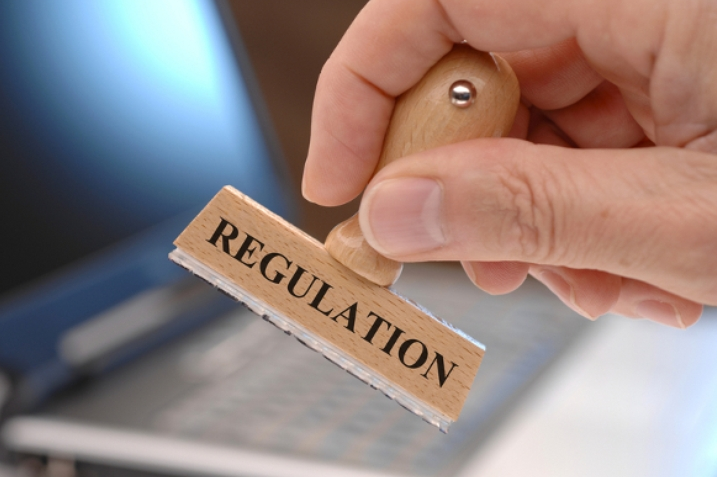Author: Mark Handzel, Vice President, Product Regulatory Affairs, and Director, HVAC Commercial Buildings, Xylem
The U.S. Department of Energy just issued two new pump-related rulings this past December. One of the rulings defines how pumps should be tested and the other outlines the energy conservation standard that is being put into place to raise the minimum efficiency of pump products by 2020 to reduce energy consumption (read about it here).
The U.S. DOE was mandated by Congress back in 1975 to regulate the efficiency of pumps, compressors, and motors. While they have regulated motor efficiency for quite some time, the initiative to regulate pumps was not initiated until 2011.
Through the Hydraulic Institute, pump manufacturers engaged the U.S. DOE, their consultants, and the various energy advocate groups that were interested in having a voice in developing pump efficiency regulations. As a leading manufacturer of pumps in North America, Xylem took an active role in this engagement and I took a leadership role in leading the discussion. The U.S. DOE was focused on attaining a 15% energy savings, so we educated the working group to understand that achieving significant energy savings would take more than improving pump efficiencies alone – it is critical to look at pumping systems as a whole. They needed to understand how the pump, the motor, the valves, the variable speed drive, the sensors, etc., all work together, and realize that variable load, HVAC systems, and sophisticated controls had to be considered in the bigger picture.
So how do these rulings affect the ‘bigger picture’? How do they impact the pump industry?
In the near future, pumps will be a regulated product, so the U.S. DOE will require pump manufacturers to ensure that their pumps consistently meet their rated performance. These rulings essentially provide owners with assurance that any new pumps purchased in or after 2020 are going to operate at the high efficiency they were designed for over a longer period of time.
In order to ensure pump performance, manufacturers will be pushed to create new designs, employ cutting-edge software and hardware, utilize advanced materials, and control tolerances more closely. This will essentially change how manufacturers create their pump products, which means the cost of these more efficient, lower energy pumps will be higher for the end user.
While the initial first cost of the more efficient, lower-energy pumps might be higher, the end user should be able to achieve cost savings over time. Saving energy and operating costs over time can offset the higher initial costs of purchasing these pumps, but that can only happen if the end user is operating their entire system efficiently. This is why training will be even more critical as the pump industry continues to evolve.
The Bell & Gossett Little Red Schoolhouse has been training industry professionals for more than 60 years; teaching people system design, so they understand it’s not just how the pump works, it’s how everything works in the whole system — the pump, the valves, the heat exchangers, the variable speed drive, the motors — and how it all comes together to operate an entire system efficiently.
To learn more, visit www.bellgossett.com or Visit Mark at the AHR Expo in Booth 2212.





[…] Confused by the DOE rulemaking and what it means for pump manufacturers and end-users? That’s completely understandable. Here’s short piece authored by Mark Handzel of Xylem that gives a good overview of what the DOE rules are designed to achieve. Check it out. […]